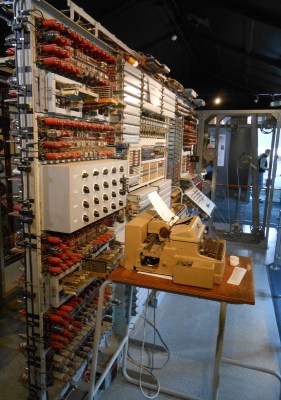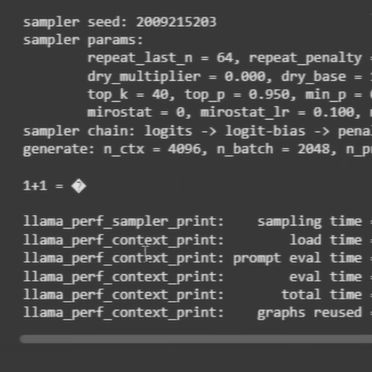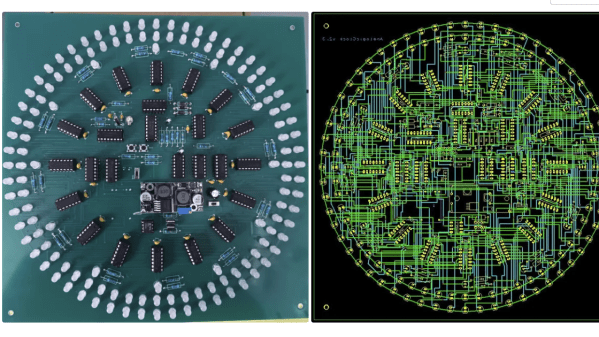This week, a US federal court has ruled that NSO Group is no longer allowed to use Pegasus spyware against users of WhatsApp. And for their trouble, NSO was also fined $4 million. It’s unclear how much this ruling will actually change NSO’s behavior, as it intentionally stopped short of applying to foreign governments.
There may be an unexpected source of leverage the US courts can exert over NSO, with the news that American investors are acquiring the company. Among the requirements of the ruling is that NSO cannot reverse engineer WhatsApp code, cannot create new WhatsApp accounts, and must delete any existing WhatsApp code in their possession. Whether this actually happens remains to be seen.
Continue reading “This Week In Security: Court Orders, GlassWorm, TARmageddon, And It Was DNS”



















